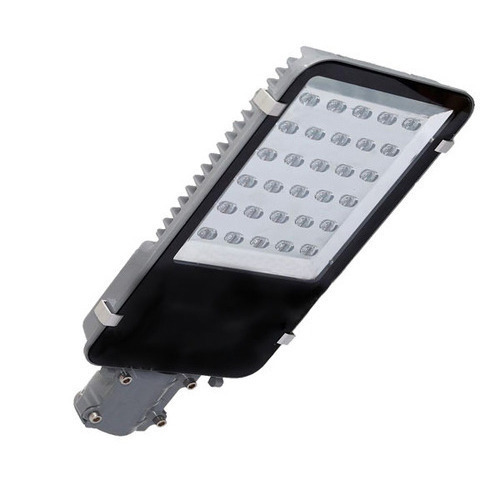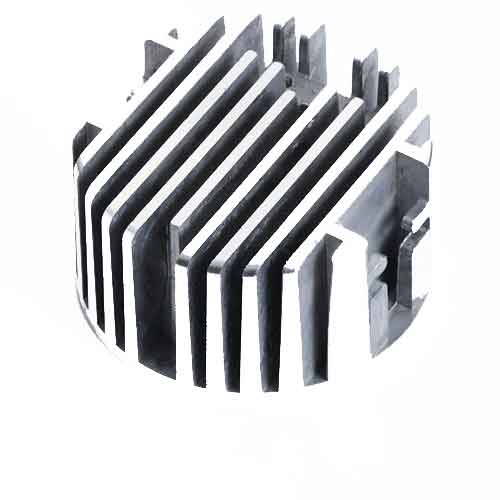LED Light
To manufacture a die for an LED light, the following steps can be taken:
- Design the die: The design of the die is created using computer-aided design (CAD) software. The design takes into consideration the shape and size of the LED light, as well as the required tolerances and specifications.
- Material selection: The appropriate material is selected based on the requirements of the LED light die. Common materials used for LED light dies include high-speed steel, carbide, or tool steel.
- Machining: The die is machined using CNC machines or other machining tools to achieve the desired shape and size. The machining process involves removing excess material from the raw material until the desired shape is achieved.
- Heat treatment: The die is heat-treated to improve its hardness and durability. The heat treatment process typically involves heating the die to a specific temperature and then cooling it at a specific rate to achieve the desired properties.
- Finishing: The die is finished using techniques such as grinding, polishing, or coating to achieve the desired surface finish.
Once the LED light die is manufactured, it can be used to create the actual LED light using a press or other manufacturing equipment. The die is used to shape and form the metal into the desired shape and size of the LED light. The process of creating the LED light using the die is known as stamping. Stamping involves pressing the metal sheet or strip into the die cavity to form the LED light shape. The process is repeated until the desired number of LED lights is produced.
After the LED lights are stamped, they can be assembled with other components, such as a circuit board, wiring, and a housing, to create a complete LED light fixture. The final product is then tested to ensure it meets the desired specifications and quality standards.





